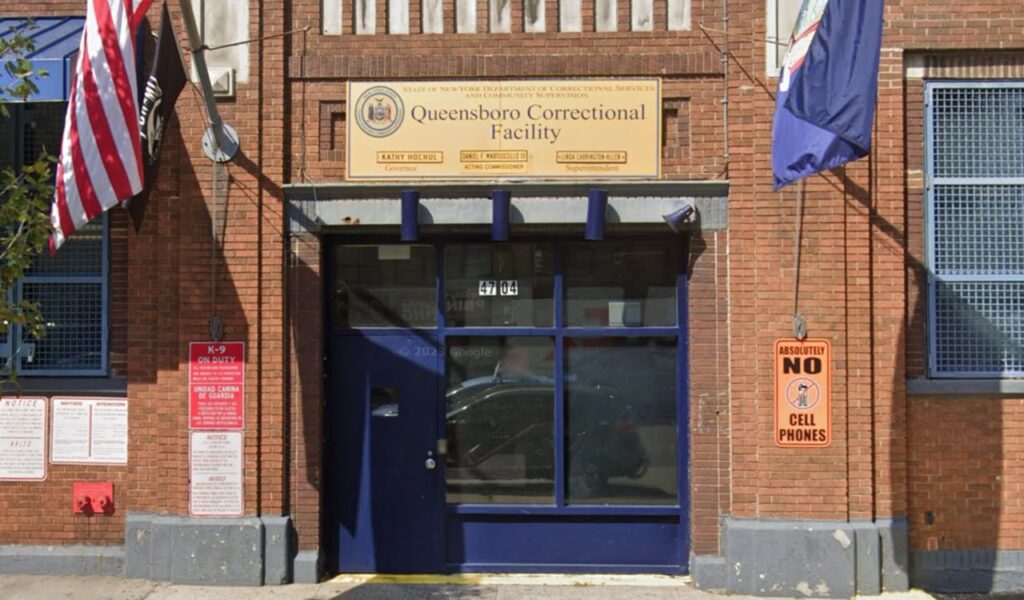Career Burglar Accused of Stealing Fine Jewelry, Wine from Staten Island Home Post-Prison Release
Career Burglar Accused of Stealing Fine Jewelry, Wine from Staten Island Home Post-Prison Release. In an intriguing turn of events, a career burglar is once again under the legal radar, suspected of making away with expensive trinkets and wine from a residence in Staten Island. This incident comes on the heels of his recent release from a treatment-focused minimum security lockup. Robert Loggia, aged 53, and a resident of Tony Court in Dongan Hills, found himself facing the grand jury earlier this month. He is now faced with a litany of charges that include second-degree burglary, second-degree criminal trespass, and third-degree criminal possession of stolen property relating to an incident on October 24.

Background of the Accused
Information about Robert Loggia
You might have heard the name Robert Loggia floating around in the news lately. He’s a 53-year-old man from Tony Court in Dongan Hills. As per his record, he’s not new to criminal acts as his background clearly shows.
His history of burglaries
Loggia is not an average suspect. Rather, he’s what the authorities term a ‘career burglar.’ Over the years, this man has allegedly been involved in multiple burglaries, honing his illicit skillset with each crime.
Details of his recent prison release
Prior to the recent allegations, Loggia was serving time at Queensboro Correctional Facility. Interestingly, this is not just any prison but a minimal security treatment-based one, aimed at inmates’ holistic rehabilitation. However, it appears that Loggia was released earlier than expected.
The Alleged Burglary Incident
Description of the crime scene
As per the authorities, Loggia targeted a home on Staten Island last month. This isn’t just any random left-field accusation. It is backed by solid evidence found at the scene and follows a distinct pattern close to Loggia’s known modus operandi. Man Searching Carrot Field Uncovers Ancient Jewelry and Teeth
Stolen items detail
The reports suggest that particular items were stolen in this burglary: fine jewelry and wine. The specificity of the stolen items gives this case a unique flavor, reflecting the burglar’s personal preferences or perhaps the items’ ease of mobility and resale value.
Time and date of the incident
According to court records, the incident in question happened on October 24. Why Loggia allegedly chose this particular date and time is uncertain, but it may have been due to typical factors such as home occupancy, neighborhood presence, and perhaps even the weather.
Investigation Process
Role of Staten Island authorities
Staten Island authorities play an integral role in tackling this crime. They have been working tirelessly since the occurrence, acting on leads, and following Loggia’s trail.
Investigative techniques employed
The authorities have used various investigative techniques, including forensics, surveillance, stakeouts, and interviews. But, the exact specifics remain confidential to prevent tampering or interference with ongoing processes.
Challenges faced during the investigation
Despite their diligence, investigators face certain challenges. Given Loggia’s history and knowledge gained from prior offenses, he knows the system well. Furthermore, overcoming neighborhood fear or apathy can be difficult when trying to encourage witnesses to give statements. https://git.or.th/
Arrest and Indictment
Details of Loggia’s arrest
The authorities acted swiftly, and Loggia was arrested. The exact circumstances surrounding his arrest are yet to be disclosed to protect the integrity of the ongoing investigation.
Charges imposed by the grand jury
Upon his arrest, Loggia was indicted by a grand jury on several charges, including second-degree burglary, second-degree criminal trespass, and third-degree criminal possession of stolen property. These charges reflect the severity of his alleged actions.
Connection to the Oct. 24 incident
All these charges are connected directly to the Oct. 24 incident, reinforcing the link between Loggia and the crime scene.

Post-Arrest Proceedings
Arraignment hearing
After his arrest and indictment, Loggia was presented before the court for his arraignment hearing, where he heard the charges against him and had an opportunity to enter a plea.
Loggia’s legal representation
Details of Loggia’s legal representation are under wraps. As he’s no stranger to the legal system, his choice of defense could be crucial to how the case unfolds.
Status of bail application
What’s next for Loggia is to contest bail. Whether he will be granted or denied is dependent on several factors, including the severity of the charges, his criminal history, and the potential risk he poses to the community.
The Role of the Queensboro Correctional Facility
Type of prison facility
The Queensboro Correctional Facility, where Loggia was imprisoned, is not an average prison. It is a minimal security, treatment-based facility aiming to rehabilitate and reintegrate the criminals back into society.
Term of Loggia’s sentence
The term of Loggia’s sentence at Queensboro was not released to the public. However, his early release factor makes the case all the more gripping.
Early release circumstances
Details about the circumstances surrounding Loggia’s early release are sketchy at best. There might have been factors such as good behavior, or perhaps various legal technicalities came into play.

Impact on the Victim
Victim’s reaction to the burglary
The reaction of the victim to the alleged burglary has been kept confidential. As is understandable, they may be going through a range of emotions, including shock, fear, and anger.
Steps taken for recovery of stolen item
Efforts to recover the stolen items are in progress. However, the intricate nature of such crimes often makes recovery a lengthy and complicated process.
Security measures taken post burglary
The victim, undoubtedly shaken by the incident, has likely made changes to their home security setup. The exact nature of these changes remains confidential to ensure their ongoing safety.
Previous Cases of Loggia
Past burglary charges
Loggia’s criminal history reveals past burglary charges, painting a picture of a man persistently linked to similar crimes.
Treating criminal behavior
Loggia’s past imprisonment in a treatment-based correctional facility indicates attempts to treat his criminal behavior. His rehabilitation, or lack thereof, raises questions about the effectiveness of such programs.
Impact of previous crimes on current charges
Loggia’s past surely plays a role in the current charges against him. His history would potentially impact everything from bail considerations to potential sentencing, should he be found guilty.

Community Response and Safety Measures
Reaction of Staten Island residents
Residents of Staten Island have expressed their concern and apprehension. Living in close proximity to the alleged burglary, understandably, makes the sense of personal risk more palpable.
Increased security measures in community
In response to the alleged crime, there has been an increase in security measures throughout the community, aiming to reassure residents and prevent future incidents.
Preventive advice to avoid future burglaries
Authorities have also dispensed preventive advice to residents, encouraging them to secure their homes better and to be more vigilant about reporting suspicious behavior.
Legal Consequences for Loggia
Potential prison sentence
If proven guilty, Loggia faces a potential prison sentence. The exact length would depend on multiple factors including the severity of the crime and his previous criminal record.
Effect of previous convictions
Loggia’s previous convictions will most definitely weigh against him in the legal proceedings. A recurring pattern of similar crimes could lead to a harsher sentence.
Potential rehabilitation programs for repeat offenders
Being a repeat offender raises questions about his rehabilitation. It strengthens the argument for specific intervention programs that are designed to deter repeated behaviors. Bear in mind, however, that each case is unique and the final verdict rests in the hands of the judicial system.

